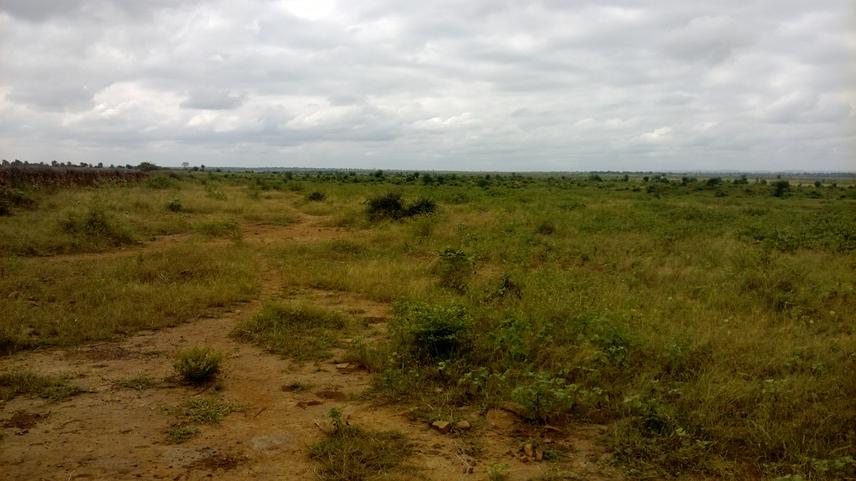Asmita Kabra
Other projects
4 Oct 2011
Initiating Community Based Conservation in the Buffer Area of the Kuno Wildlife Sanctuary
The project will take forward the successful pilot project undertaken through a Rufford grant in 2011-12 to restore grasslands on degraded agricultural and pasture land belonging to people displaced from Kuno sanctuary. Restoration of pastures will improve livestock holding, augment local livelihoods, increase milk and manure production and reduce grazing pressure on the forest.

Plot before treatment.
Grassland restoration on degraded agricultural fallows and commons will help to meet the biomass needs of the local community sustainably and help them to increase their livestock holdings. If this is not done urgently, local people are likely to move closer to the Kuno sanctuary to meet fodder needs, and will come into growing conflict with wildlife and with the Forest Department.
This project will create a community owned and managed pasture in village Badi Khajuri, located between the Kuno sanctuary and the Piparwas Reserve Forest. Easy and conflict-free availability of grass throughout the year will enable people to restore livestock holdings. This in turn will enhance availability of milk and manure in the household. Benefits in terms of health and household income are likely to emerge in the next 5 years. Livestock will provide an easy source of ready cash to households, thus improving their medium to long term resilience to livelihood risks of drought and crop failure. A seed nursery for grasses will be created to help other villages to take up restoration activities by themselves.
Successful implementation of the grassland restoration plan will energize other surrounding villages to undertake similar activities in their own fallow and common lands. The project will create a model that other villages can adopt to replace open grazing in the reserve forests by regulated grazing on common property resources developed through community participation.